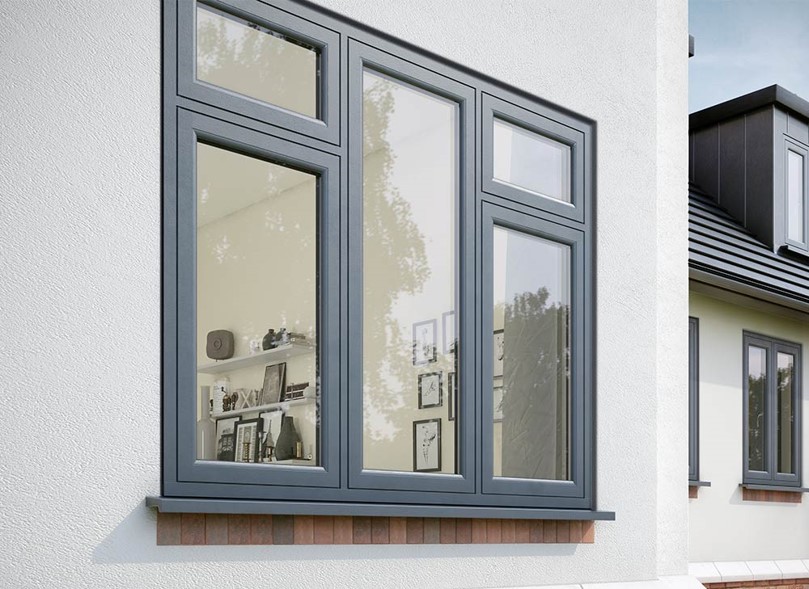
~ Keep you knowledge in check to avoid refurb mishaps ~
Analysis conducted by banking business Santander suggests that 81 per cent of homeowners are planning some form of home improvement in 2021. However, making structural changes to a property requires strict compliance with relevant regulations, which may put projects on hold. To help ease homeowners’ concerns, Nick Cowley, managing director of leading uPVC window manufacturer Euramax, explores window planning permission and building regulations.
Replacing a property’s windows can transform both its aesthetics and functionality. Having carefully selected the windows’ design, the last thing that homeowners want is to place plans on hold due planning permission or building regulation bottlenecks. So, what’s the purpose of planning permission, and when do new windows need it?
Planning permission
Planning permission controls changes or extensions to a property. It takes into consideration any implications that the upgrade may have on the heritage and infrastructure of the building and its surrounding area, as well as any impact on occupiers of neighbouring buildings.
When looking to replace a property’s windows with a similar model to its existing ones, changes can be made without planning permission. However, if the window is higher than the tallest point of the roof or it is an upper-floor side elevation window that is openable, has clear glazing and is less than 1.7 metres from the floor of the room, then planning permission is required.
If your building is listed, located in a designated area such as a World Heritage Site, or it falls under an Article 4 Directive, which restricts otherwise permitted development rights, additional consent may be required from relevant governing bodies. Even if planning permission is granted, there may be further restrictions imposed concerning style and colour, to ensure any changes are in keeping with the property’s style.
Building regulations
In addition to planning permission, building regulations, the minimum standard that structures for safety purposes, need to be considered. For windows, building regulations dictate levels of thermal heat loss, ventilation and fire safety.
To ensure energy efficiency, building regulations set a minimum value for the amount of heat allowed to pass through the building, known as a U-Value. The lower the U-Value, the better the energy efficiency. Regulations state that the highest acceptable U-value is 1.6 Watts per square metre kelvin (W/m2k), with Euramax’s uPVC windows achieving a rating as low as 1.4.
In terms of ventilation, building regulations depend on the window’s location. Rooms with lots of steam, such as bathrooms, require mechanical fans and window ventilation. For any other room, standard windows with trickle vents are sufficient.
Window fire safety regulations is a twofold matter, designed to protect both structures and people. Windows adjacent to other properties may need to be fixed shut to limit spread of flames in the event of a fire, and all replacement windows must be sized appropriately to allow a person to pass through, meaning the width and height should be no less than 450 millimetres (mm).
A note on extensions
If new windows form part of an extension, different criteria apply. Regulations introduced in May 2019 allow homeowners in England to extend their homes by up to six metres for terraced and semi-detached houses and eight metres for detached houses, without planning permission.
It’s also worth noting that since bay windows protrude, by law they are classified as an extension. If you’re replacing existing bay windows, you don’t need planning permission, but if you’re adding new bay windows, depending on their location, planning permission may be required. In this situation, it’s best to check as it is determined on a case-by-case basis.
With the nation spending more time than ever at home, many people are taking the plunge and refurbishing areas of their property, like windows, that need a bit of extra care. Compliance with the planning permission process will make replacing windows as smooth as possible, ensuring that homeowners, neighbours and local authorities alike are satisfied.
